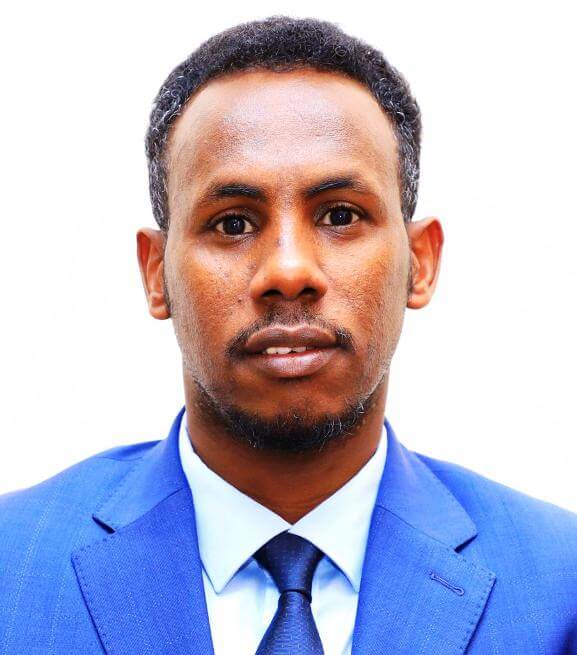More than one million children in Somalia under the age of five face acute malnutrition unless the international community drastically steps up funding for life-saving interventions, Save the Children warns.
According to the latest figures [1] the current food crisis in Somalia has driven acute malnutrition to serious and critical levels in most parts of the country, exposing children to life-threatening risks of malnutrition and other diseases.
At least 178,400 children are facing severe malnourishment.
Save the Children says funding shortfalls, conflict and instability are hindering aid reaching the most vulnerable children and families.
Mohamud Mohamed Hassan, Save the Children’s Country Director in Somalia, said:
“Our worst fears are being confirmed with a million children once again set to suffer through the degrading, miserable impacts of drought. Families have simply not had enough time to recover from the prolonged drought of 2017, where their herds died en masse and thousands of people were forced to move to camps to access food and water.”
“What really concerns us is frequency of these droughts. Pastoralist communities – families who depend on livestock for their income – need on average two seasons of good rains to recover from one poor season. The frequency and severity of drought in Somalia is unprecedented, and now even the hardiest of families are saying they give up in the face of this climate crisis.”
“We need more support, now, to scale up humanitarian interventions and allow people to survive long enough to be able to adapt for the future,” said Mohamed, adding that the Drought Impact Response Plan – currently less than half-funded – must be fully funded to avoid a humanitarian catastrophe similar to the droughts of 2011 and 2017.
In total, at least 2.1 million people face crisis-level food shortages or worse. More broadly, 6.3 million people – nearly half the country’s population – will be food insecure between from October, with Sanaag, the Bari regions of Puntland, Mudug, Galmudug, Hiran Bay and Bakol region in the Southern States expected to be worst hit. This follows a lack of rains.
Seven out of the last eight rainy seasons since 2015 have been poor or failed across the Horn of Africa. Families are still reeling from a massive drought in 2016-2017- one of the worst on record – which affected 19.5 million people across East Africa.
Juwayria, 43, came to a stabilisation centre in July with her grandson Ali*, 15 months, who was severely underweight. Juwayria’s family lost most of its livestock in recent droughts, and is now braced for a repeat of 2017.
“The problem [drought] has been reoccurring continuously and there was no emergency assistance for us. We’ve lost livestock. I used to be a livestock keeper but now I have very few left and that’s what we survive on. I do not have any resources other than a few goats.”


